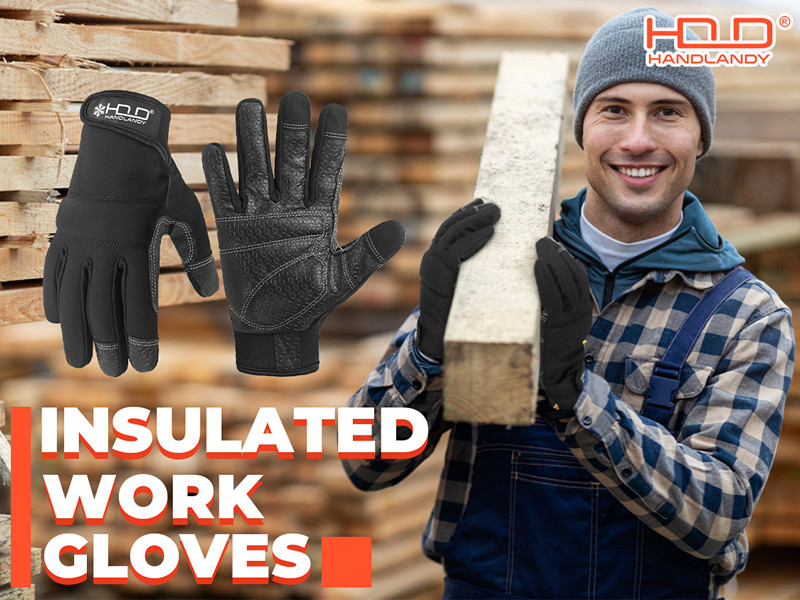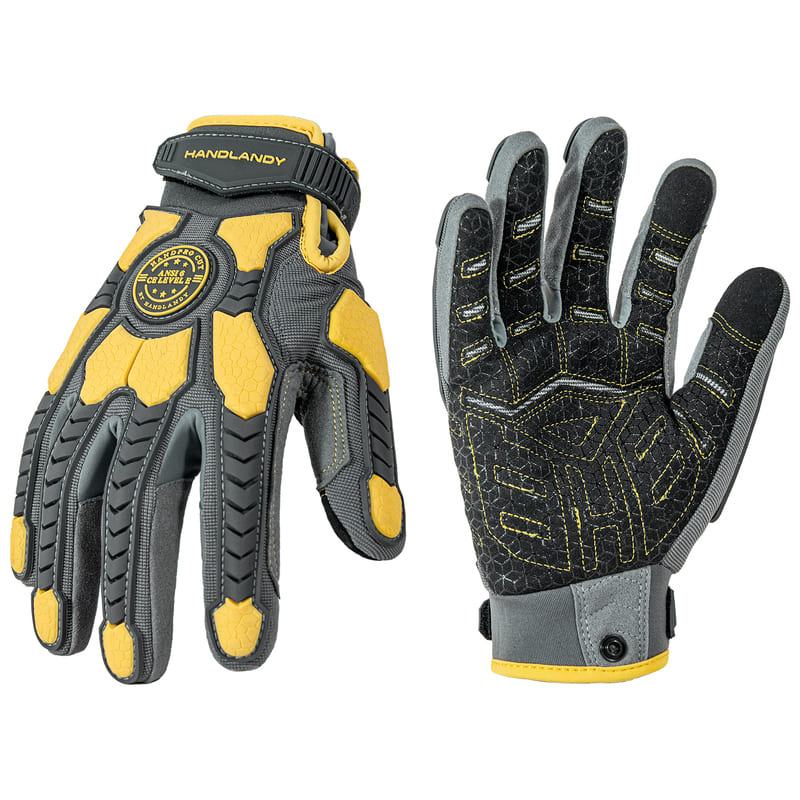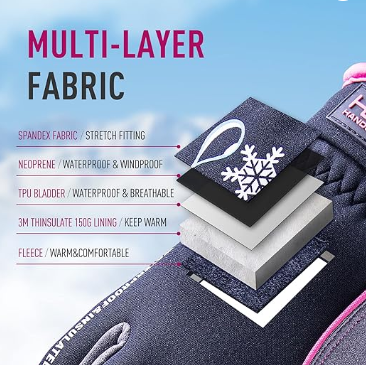Selecting the right type of impact gloves is essential for worker safety and efficiency. Full-finger impact gloves provide complete protection for the entire hand, while fingerless impact gloves offer more dexterity and tactile sensitivity. Here’s a breakdown of each type to help you choose the best option for your specific needs.
Full-Finger Impact Gloves
Full-finger impact gloves cover the entire hand, including all fingers. This design is ideal for tasks that require maximum protection.
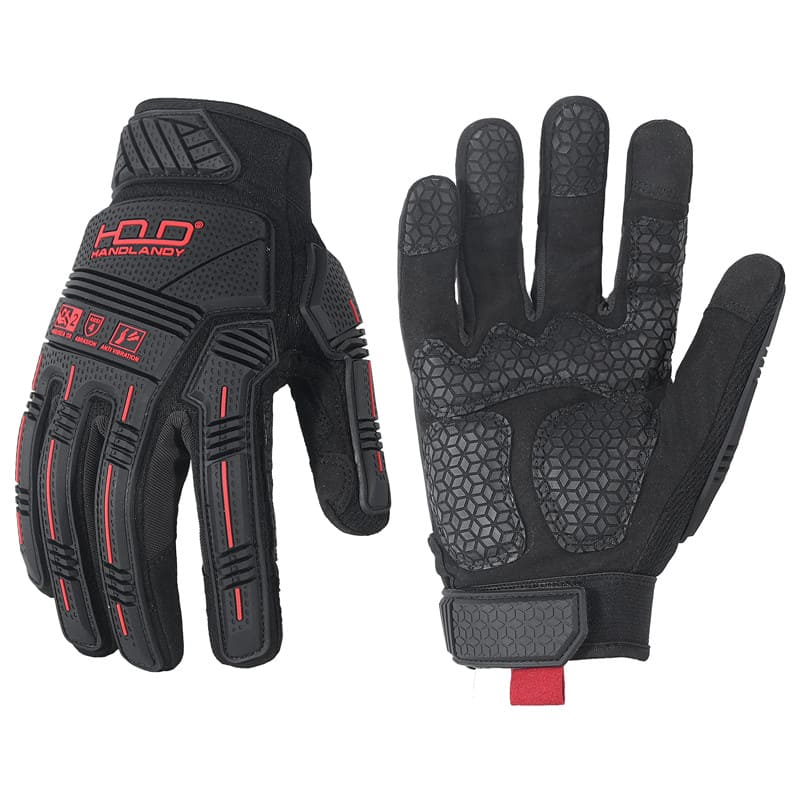
Benefits
- Enhanced Protection: Full-finger gloves shield the entire hand from cuts, abrasions, and impacts. They’re particularly useful in high-risk environments like construction sites or heavy machinery operations.
- Environmental Coverage: These gloves protect against dust, dirt, chemicals, and other contaminants, making them suitable for work in harsh conditions.
- Weather Protection: Full coverage provides warmth in colder environments, helping maintain comfort during outdoor or winter tasks.
Drawbacks
- Reduced Dexterity: Full-finger gloves can limit finger movement, making tasks requiring fine motor skills more challenging.
- Heat and Sweating: In warm conditions, full-finger gloves may cause hands to overheat, leading to discomfort during extended wear.
Best Use Cases
Full-finger impact gloves are ideal for high-risk jobs where safety is a priority, including construction, manufacturing, and environments with sharp or hazardous objects.
Fingerless Impact Gloves
Fingerless impact gloves cover the palms and back of the hand while leaving the fingertips exposed. This design focuses on balance between protection and flexibility.
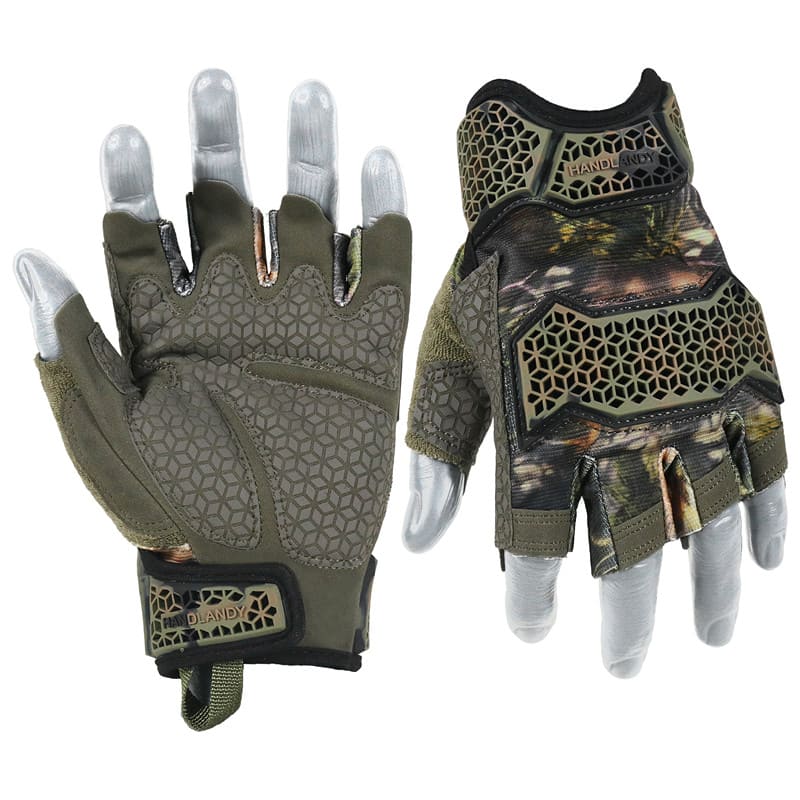
Benefits
- Improved Dexterity: The open-finger design allows for more precise movements and better tactile feedback, essential for tasks that require handling small parts or using tools.
- Better Ventilation: Fingerless gloves provide better airflow, reducing sweating and keeping hands cooler in warm conditions.
Drawbacks
- Less Finger Protection: With exposed fingertips, there’s a higher risk of cuts, abrasions, and exposure to environmental elements.
- Limited Protection in Harsh Conditions: Fingerless gloves don’t provide full coverage, so they’re less suitable for tasks that involve chemicals or extreme temperatures.
Best Use Cases
Fingerless impact gloves are great for tasks that require detailed handwork, such as electrical work, assembly, and jobs in warmer environments where ventilation is important.
Key Factors to Consider When Choosing
- Task Requirements: Consider the specific tasks that need to be performed. Jobs requiring precise movements benefit from fingerless gloves, while high-risk tasks require full-finger protection.
- Environmental Conditions: For cold, dusty, or hazardous environments, full-finger gloves offer more protection. In warmer or controlled conditions, fingerless gloves provide comfort and flexibility.
- Safety Standards: Make sure the gloves meet relevant safety standards for impact resistance, especially for jobs with high injury risks.
- Comfort and Fit: The gloves should fit well, ensuring comfort over long periods and encouraging consistent use.
Emerging Trends and Innovations
- Hybrid Gloves: Some gloves combine full-finger and fingerless features, offering protection while maintaining some tactile feedback.
- Advanced Materials: New materials improve flexibility in full-finger gloves, enhancing dexterity without compromising safety.
- Touchscreen Compatibility: Full-finger gloves with conductive fingertips allow for device use without removing the gloves, offering added convenience.
Conclusion
Choosing between full-finger and fingerless impact gloves depends on the specific needs of the job. Full-finger gloves provide comprehensive protection for high-risk tasks, while fingerless gloves offer improved dexterity and comfort for precision tasks. Evaluate your work environment and task requirements to select the best glove type for maximum safety and efficiency.



